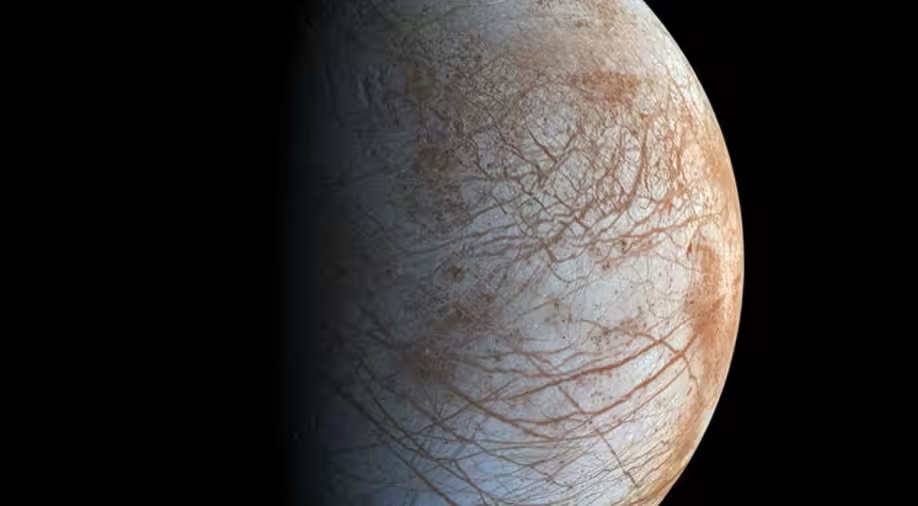James Webb’s analyses of his photos revealed that a particular region of Europa’s icy landscape contained large amounts of carbon dioxide.
The carbon that makes up the global ocean on Europa, one of Jupiter’s ice moons, may be there, according to NASA’s James Webb Space Telescope’s most recent observations.
Two separate teams of astronomers utilized the James Webb Space Telescope to study Europa’s frozen surface. Each examination of the space observatory’s discoveries showed that a particular region of the icy landscape contained a lot of carbon dioxide.
The results of the two experiments were presented in a report that appeared in Science on September 21.
“Life on Earth prefers chemical variety, and the greater the variety, the better. We are life based on carbon. According to Geronimo Villanueva, lead author of the initial study and planetary scientist at NASA’s Goddard Space Flight Centre in Greenbelt, Maryland, “understanding the chemistry of Europa’s ocean will help us determine whether it’s hostile to life as we know it or if it might be a good place for life.”
Europa is one of the ocean worlds in our solar system, outside Earth, where researchers believe life may reside.
A subterranean global ocean may hold twice as much water as the planet’s oceans and is present beneath the thick ice crust that covers Europa.
However, according to NASA, settings that are conducive to the development of life require more than just water: an energy source and a supply of organic molecules.
Researchers undertook a study to determine whether the carbon on Europa’s surface was brought there by meteorites or came from the interior ocean after Webb’s data showed that it is present there.
The studies revealed a concentration of carbon dioxide in Tara Regio, an area of “chaos terrain” on Europa. It is further evidence that material was moved between the surface and the ocean because the geologically young region is filled with ice that has been resurfaced and fragmented.
On Europa’s surface, carbon dioxide is not a stable gas.
The fact that carbon dioxide is unstable on the surface of Europa further convinced the two teams that the gas came from the ocean.
“At this point, we believe that there is observational proof that the carbon we observed on Europa’s surface originated from the ocean. That is not a small matter. According to Samantha Trumbo, 51 Pegasi B Fellow at Cornell University and primary author of the second study, “Carbon is a biologically necessary element.
Earlier observations of salt from the ocean made by the Hubble Space Telescope were made in the same area. According to Trumbo, “we believe this suggests that the carbon’s ultimate origin is most likely in the interior ocean.



